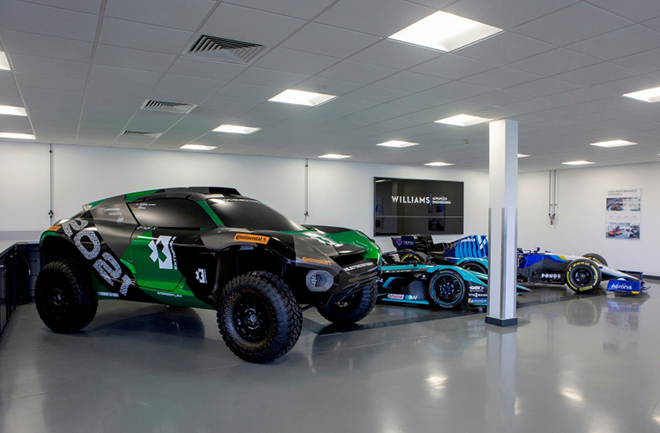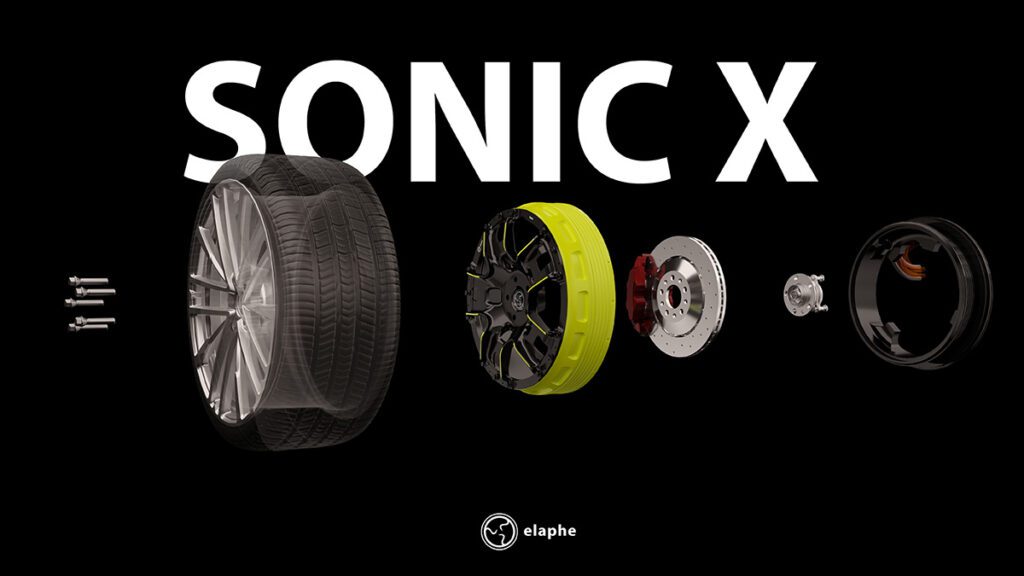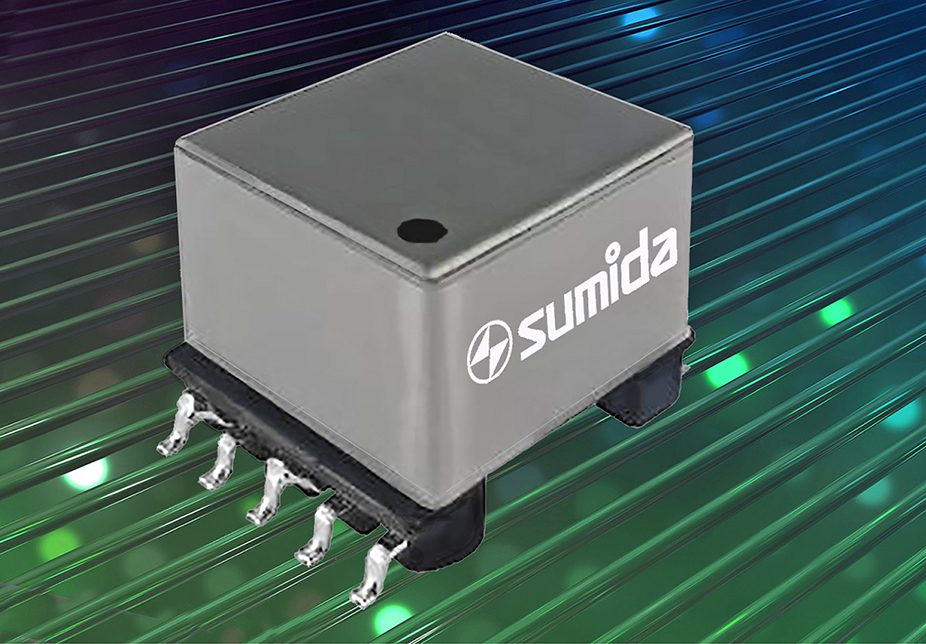Williams Advanced Engineering (WAE) has been a battery supplier to the Formula E electric racing championship since 2014. Now the legendary engineering firm is the sole powertrain developer for the new Extreme E off-road championship.
WAE Principal Engineer Glen Pascoe recently discussed the challenges of creating a battery that can power Extreme E’s enormous Odyssey 21 racer in some of the most extreme locations on Earth.
“In Extreme E, we are taking battery technology away from the traditional race circuit and into hostile environments, where humidity, dust, extremes of temperature, shock and vibration will play a huge part and to that end, the batteries have had to be uniquely tailored for the environment,” says Pascoe.
“As the races are head-to-head over short distances, the batteries are sized to manage high-intensity operation over a shorter time than in other e-racing series, but in a far harsher environment. As a result, we have developed a whole new module that can produce 400 kW peak power in a bespoke battery construction along with an entirely new pre-race conditioning system to maximize robustness and minimize mass.
“Simplicity, serviceability and modularity were all critical design requirements. Commercially available cells were selected and designed into a pack in conjunction with the series to align both with the race format and the vehicle performance duty cycle. Working with limited space in the car, we had to meet tough power and mass performance targets and deliver a bespoke battery pack design in under 12 months.”
WAE’s battery performed well in the first two races of Extreme E’s debut season, in Saudi Arabia and Senegal.
“The biggest challenges in Saudi Arabia were definitely sand and the temperature!” says Pascoe. “Thin air was also an issue. The first run simulation took part at the hottest time of the day, and a battery rebuild we carried out was intensive and not helped by strong winds and even a sandstorm providing an unwelcome interruption, which covered all battery parts and electronics with a fine grit. We broke out the vacuum to begin a deep clean for all components.”
“The first qualification session saw two major [crashes]. We were delighted to see that both batteries remained absolutely intact, safe and damage-free, showing the green light all the way through the car recovery process.”
The Senegal race brought a different mixture of challenges. “Whilst not as hot as Saudi Arabia, ambient temperatures remained high and were accompanied by 90%+ humidity levels. This brought its own unique challenges in ensuring we were actively managing the battery temperature both during the on-track action and between races.”
“Alongside this the Senegal event showed the cars tackling a very demanding track. The batteries were constantly punished with heavy impacts and harsh vibrations as the cars bounced around the dunes and deep ruts.”
Between both events, the batteries logged some 1,070 km, and over 12 hours of on-track running. They discharged nearly 2,000 kWh of energy.
The next race will be the Greenland X Prix in August, and it will present quite a different set of temperature and humidity conditions. “No more sand!” says Pascoe. “But we’ll have to adapt to the vastly different climate and track conditions—the very new challenges of snow and of course water and mud. There will be stone impact and less grip, resulting in more drift and vertical impact.”
“In addition to the physical challenges, the remoteness of the location means we need to forward-plan for every eventuality before arriving on location, as there will be no opportunity for late deliveries or freight, no additional transport available or indeed, supplies.”
At the end of Season 1, WAE will inspect and re-test the battery packs, and get them ready to be used in the next season. “Any incremental improvements available will be implemented during the turn-around,” says Pascoe. “Once batteries reach the end of their final racing season, the cells can be easily removed as module ‘building blocks’ and configured into a suitable second-life application. Some components are targeted for reuse in alternative applications, and some will be recycled in order to recover valuable raw materials.”
Collaborations such as the one between Williams Advanced Engineering and Extreme E are critical for transferring technology from racing to road cars, says Williams CEO Craig Wilson, “specifically in areas such as fast charging, battery management and software development. Essentially, affordability comes with volume production. By pioneering and showcasing EV technology in a series such as Extreme E, manufacturers will be able to carry over technology into road cars and in doing so, enable the technology to become more affordable.”
Source: Extreme E



















































































